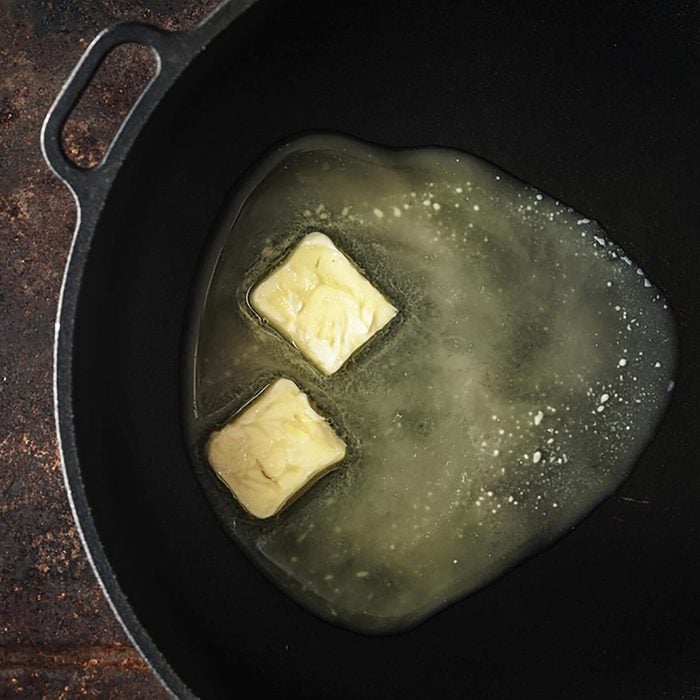
Not Starting With Aromatics and Fat
A bit of fat, usually in the form of butter and olive oil, is essential to making a robust soup. Fat is also a vehicle for flavor, and helps to brown vegetables. Almost all soup recipes begin with aromatics cooked in hot fat: aromatics are vegetables that add an overall flavor to the soup but aren’t the primary ingredients. They’re the supporting actors, not stars. Think onions, garlic, leeks, celery and herbs. Here’s every soup recipe you’ll ever need.

Not Browning Vegetables
It may be tempting to toss all your chopped ingredients into a pot, add the broth and simmer until tender. But if you take the time to brown all your ingredients before adding the broth, you’ll be rewarded with extra flavor and sweetness. After the aromatics have cooked, drop in your chopped vegetables and allow to brown on all sides. Our favorite vegetable soups let veggies shine.
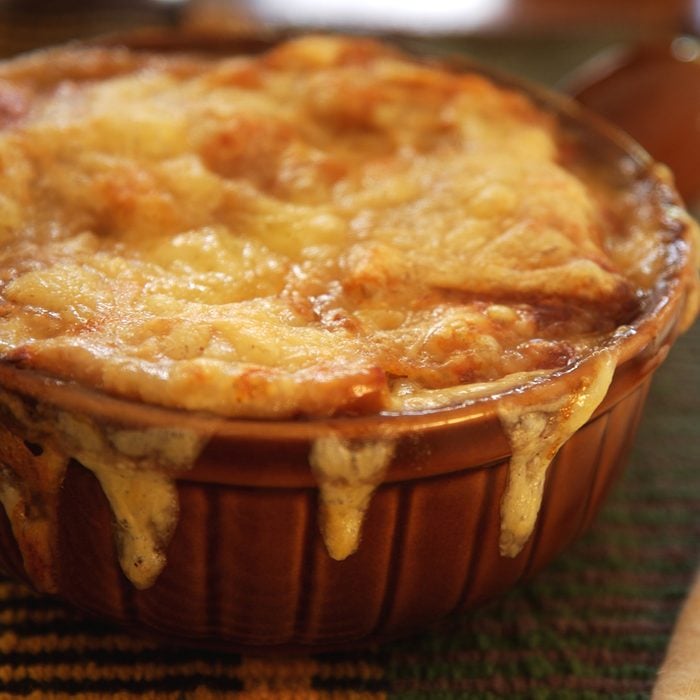
Not Cooking Onions Through
Onions are strong enough to be the star of French onion soup, and they add an undeniable sweetness to the base of any soup. The trick: onions must be cooked thoroughly before any acidic ingredients, such as tomatoes or wine, are added. Once they’re cooked, you can add any ingredients. As a bonus, the longer cooking time draws out extra sweetness.
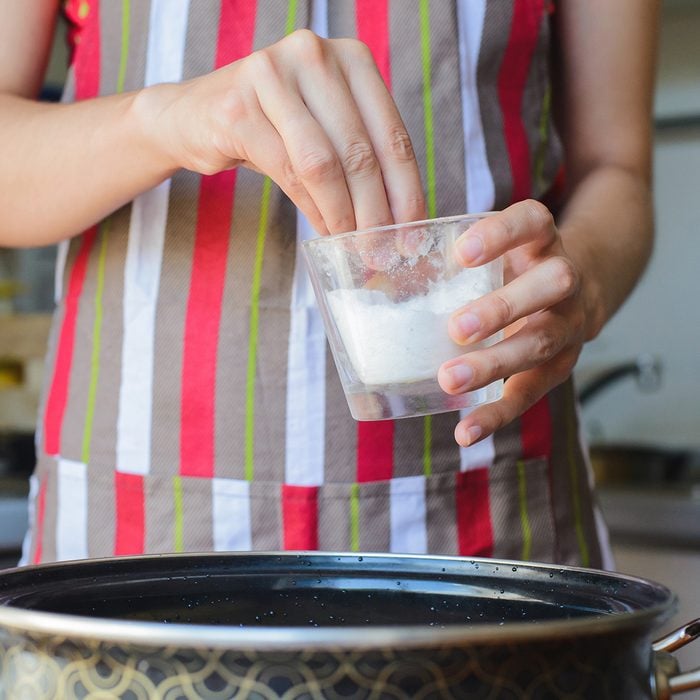
Underseasoning
Many cooks wait until the end of cooking to taste and season their soup. But adding salt and other spices early in the cooking process allows their flavors to blend into the entire soup—and adding salt to veggies right away actually pulls out more flavor from them. These are the essential seasonings every cook should have.
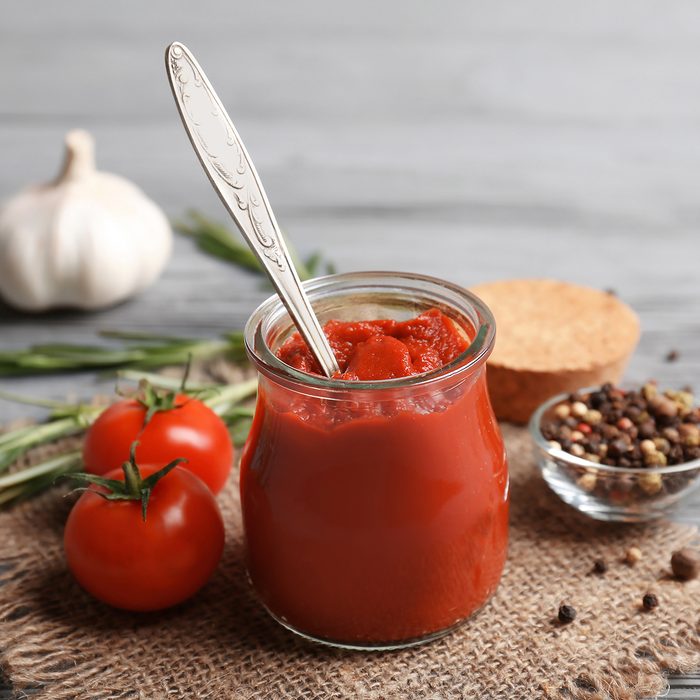
Forgetting the Umami
Savoriness can come from other ingredients besides salt. (Especially if you need to watch your sodium intake.) Adding umami-rich ingredients like tomato paste or a parmesan rind to the soup will add a deep, rich savoriness and body to the soup. (Here’s what umami means.)
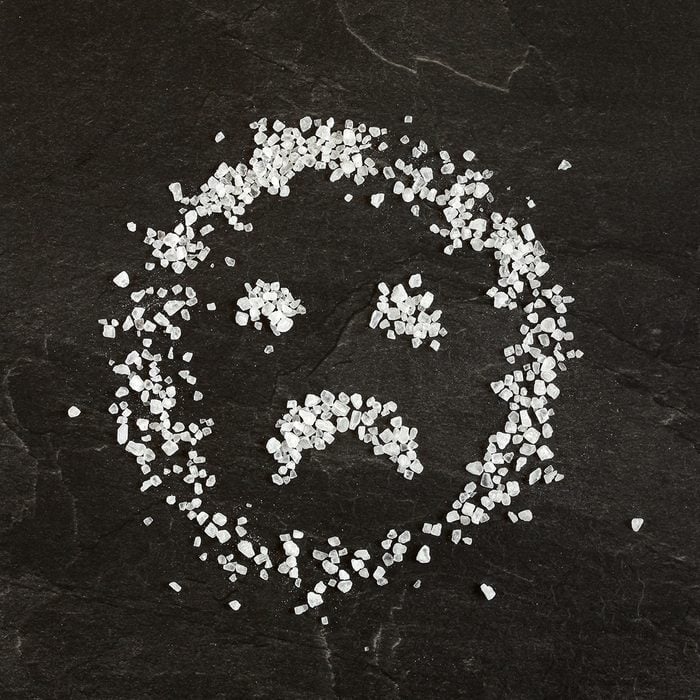
Overseasoning
There’s also a possibility you may have accidentally oversalted your soup (especially if you’re using a salty store-bought broth). You can save it by adding a few cups of plain broth or water. If you don’t want to water the soup down, you may add one or two unseasoned potatoes and simmer them in the mix. They’ll soak up lots of the salty broth, and you can add a bit of water to balance it out. Tip: Avoid oversalting by making one of these low-sodium soup recipes.
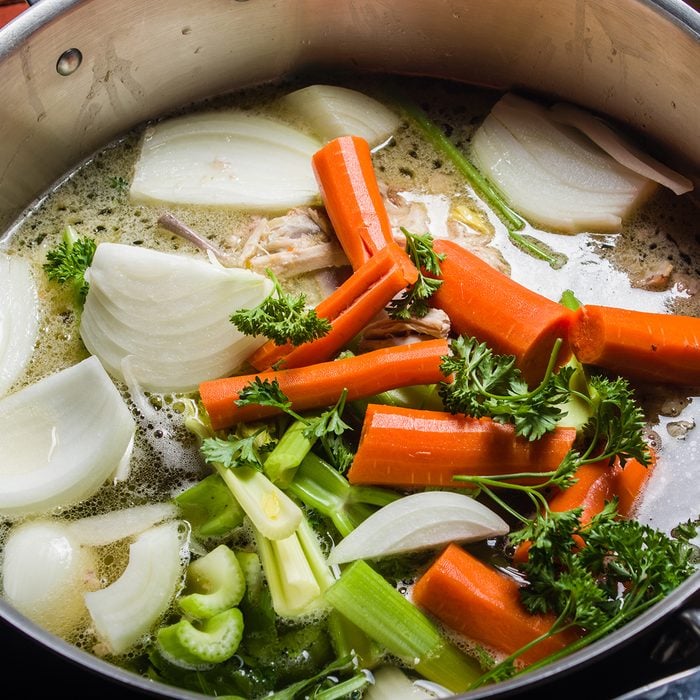
Not Using Broth or Making a Quick Broth
You can certainly make soup with water, but it’s surprisingly easy to make a quick broth using the scraps from the vegetables you’re cutting up to use in the soup. For example, butternut squash or sweet potato peels simmered in water for a few moments makes a quick broth that’s much more flavorful than plain water—and it uses only food scraps you had on hand anyway. If you have more time, consider making homemade chicken stock.
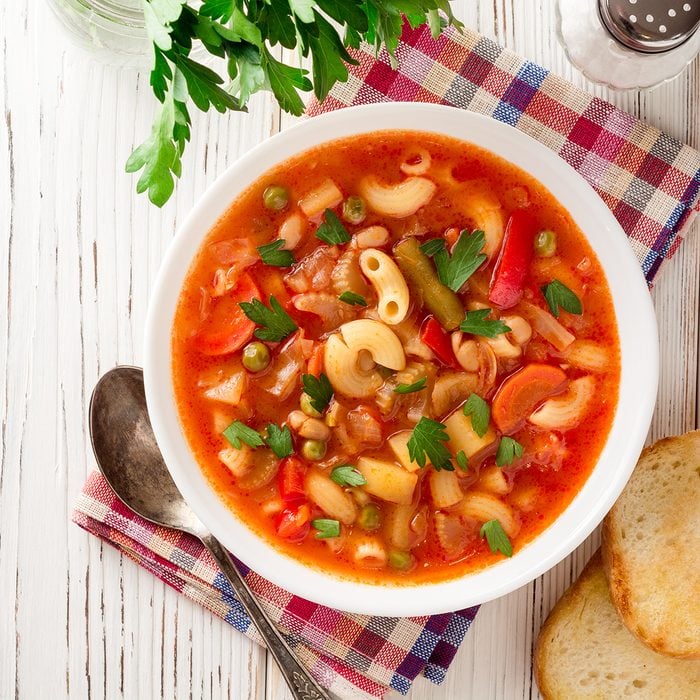
Cooking Grains in the Soup
It’s easy to toss a bit of pasta or rice directly into the simmering soup to cook it. But the grain will soak up tons of liquid as it cooks, and even more as the soup cools. For the best results, cook grains or pasta separately, and then ladle into soup bowls. If you have leftovers, store them in separate containers in the fridge. You can also try out this french onion pasta recipe. For a hearty pasta soup, try this recipe.
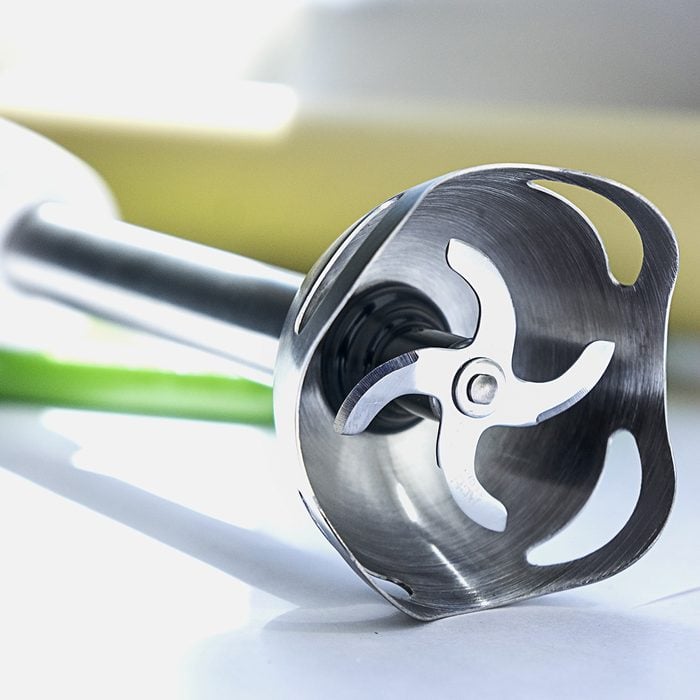
Not Using an Immersion Blender
Need to puree a soup? Pouring soup into a blender can be a precarious activity. Simplify the operation by using our favorite soup-making tool: an immersion blender, or stick blender. This handheld device sticks right into the soup pot to blend, making the work much simpler and tidier. This is the immersion blender our Test Kitchen recommends.
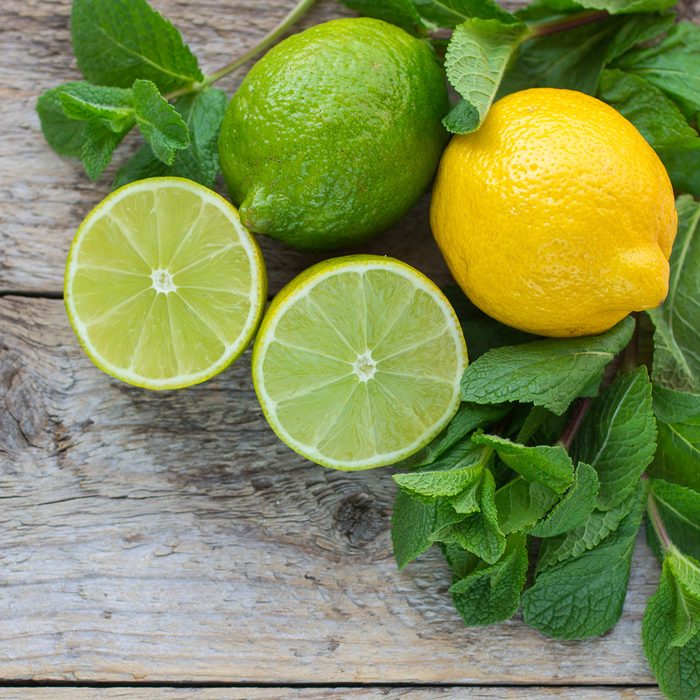
Not Adding Acid
If a soup is tasting bland in the bowl, consider adding acid rather than salt. A squeeze of lemon or lime, or a dash of yogurt or sour cream can add brightness to the bowl. Our Lemony Chicken Soup will make your mouth water.
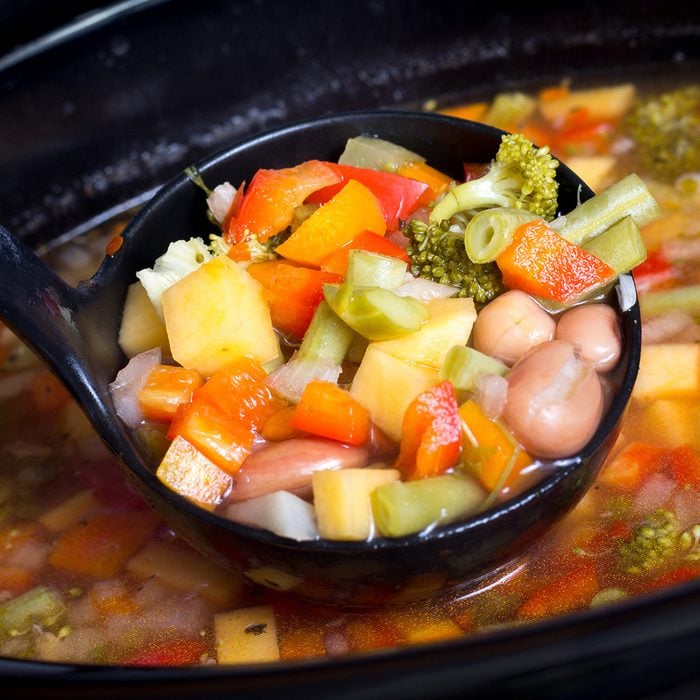
Always Following a Recipe
Some foods require an exact recipe, like baked goods. Foods like soup allow for some creativity in the kitchen. Take advantage of a soup’s inherent flexibility. Have vegetables languishing in your crisper drawer? Dice them up and add them to the soup. Leftover chicken or cooked meat? Add them to the soup. Need extra time out of the house? Throw the soup in the slow cooker. Here are a few tricks for cooking without a recipe.
